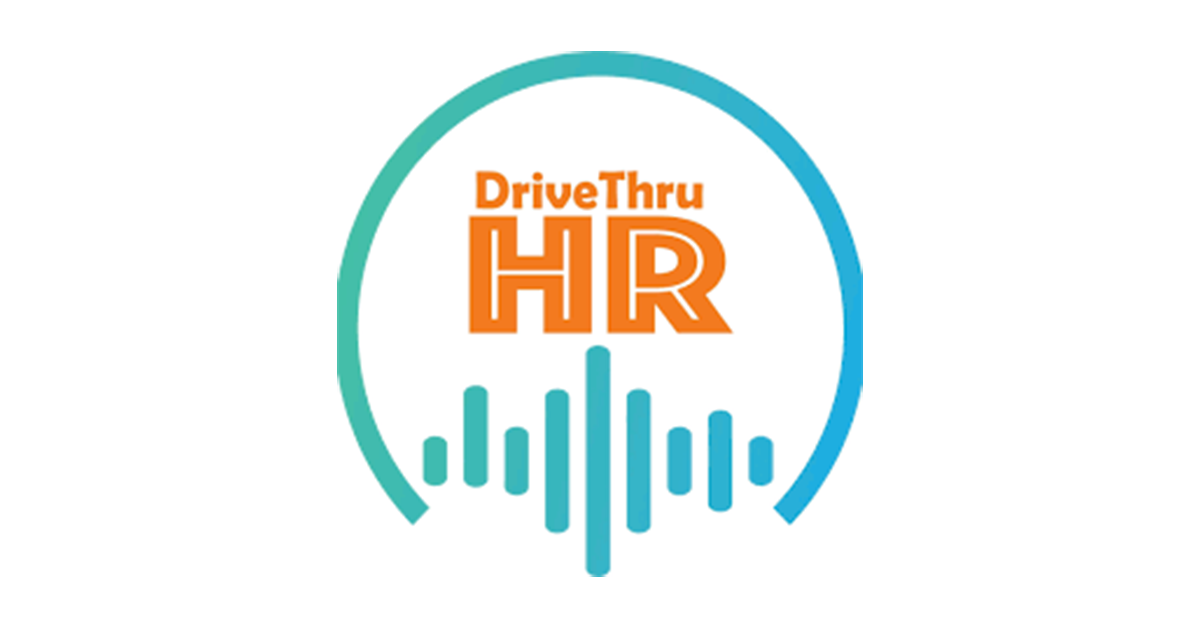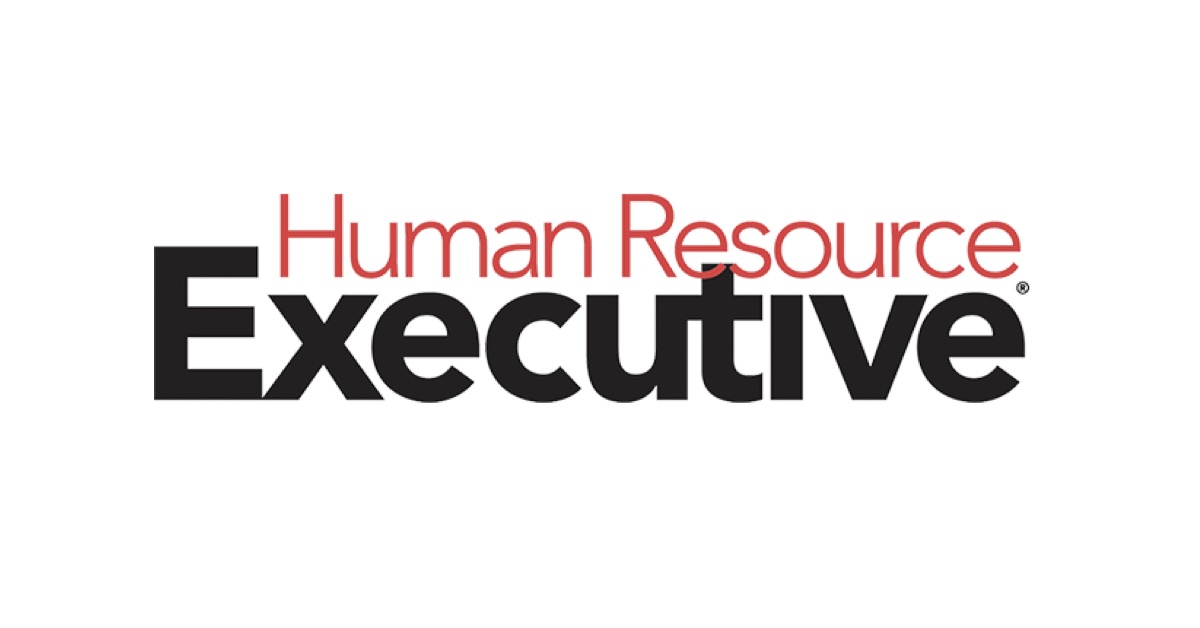If you’re new to the HR/ER world, it can feel like the people around you are speaking a different language. Some terminology can be used interchangeably while some words can have such a broad meaning that conversations can inadvertently turn vague. If you’re just beginning your ER journey, check out this helpful piece that describes what the ER role does. If you’re ready to start speaking ER, use this glossary as a quick reference for some of the most common terms you’ll encounter everyday:
Absenteeism: This term refers to the habit of missing work without an excuse or permission. Absenteeism includes an employee’s failure to report for or remain at work as scheduled, regardless of their reason. Even though absenteeism can be innocent and unplanned (think illness), it can also be an intentional strategy, (think strike or protest.) The common factor that determines absenteeism is previously scheduled work. This means absenteeism does not include approved absences such as vacation, personal leave, or jury-duty leave. Other terms you’ll hear that are synonymous with absenteeism include absence and skipping. Many organizations measure absenteeism by calculating the number of absent days divided by the number of available workdays in a given period. Excessive absenteeism should throw up warning flags that workplace culture has a problem. It also can be expensive, driving up overtime costs in order to cover shifts of absent workers.
Benefits: This is a big umbrella term for all non-wage forms of compensation that a company may provide to employees such as health insurance, vacation time, and retirement plans. It even includes learning and development opportunities. Some benefits can be easily measurable according to a stated monetary value (think PTO and health insurance) and some are completely subjective (think office perks and culture building activities.)
Collective Bargaining: This is the process by which employee representatives negotiate and settle terms of employment with employers. While employers don’t have to engage in good faith bargaining over every single issue that arises , there are some mandatory bargaining issues employers must participate in when their workforce is governed by a labor contract or agreement, including: wages, layoff procedures, and hours. Most collective bargaining processes include 5 steps:
- Preparation – This kicks off the process as negotiation teams are chosen by both the union and the employer.
- Discussion – The employer representatives and the union representatives meet to set ground rules for the collective bargaining negotiation process.
- Proposal – Both representatives present opening statements, outline the issues and detail possible solutions to agree upon.
- Bargaining – Following proposals, both parties discuss potential compromises and begin bargaining to create an agreement that is acceptable to everyone. The outcome is a “draft” agreement. While not legally binding, it becomes the first step in reaching a final collective bargaining agreement.
- Final Agreement – Once an agreement is made between both parties, it is formalized in writing, signed by the parties, and put into effect.
Discrimination: This term refers to the unfair or illegal treatment of an employee based on the groups, classes, or other categories to which they belong or are perceived to belong. Discrimination can happen on the basis of race, gender, age, religion, disability, sexual orientation, and other legally-protected categories. Discrimination may include restricting members of one group from opportunities or privileges that are available to members of another group.
Employee Engagement: This term describes the degree to which employees of an organization engage in “discretionary effort” in the course of their work. . “Engaged employees” are often absorbed in their work and enthusiastic about helping the organization pursue its mission. Most engaged employees feel a sense of pride towards the organization and its values, which translates into advocacy and customer satisfaction. In stark contrast, disengaged employees are busy doing the bare minimum at work or worse, actively damaging the company’s productivity, culture and reputation.
Grievance: This term, most often used in organizations governed by a collective bargaining agreement or labor contract, refers to a complaint, problem or concern an employee has about their work,someone they work with or the workplace in general – including their employer or management itself. Grievances signal that something has gone wrong that they feel is unfair or unjust. Common types of grievances include bullying, pay and benefits, working conditions or overly heavy workloads.
Mediation: This term refers to resolving conflict with a confidential, informal, voluntary process that includes a neutral third party called a “mediator’ (usually a member of ER.) Mediation encourages people to settle their disputes through open dialogue.The mediator helps to de-escalate the issue by encouraging the parties involved to express their concerns while respecting each other’s views. Mediation can help companies avoid unnecessary litigation and preserve relationships in the workplace. Mediation is commonly used in union work environments using outside mediators.
Performance Appraisal: Sometimes called an annual review, performance appraisals are an evaluation of an employee’s work performance and contributions over a stated time period. An employee’s supervisor or team leader conducts the performance appraisal because they are usually closest to the employee’s daily performance. The individual assessment is usually based on a predefined set of criteria and includes factors such as an employee’s skills in their role, attendance, work ethic and of course attitude. Performance appraisals are a great tool for recognizing and reinforcing the strengths of an employee but they also help create a measurable plan for improving skills.
Recruitment: This is a broad term in HR because it represents such a large function. Recruiting is the process of finding high quality candidates for positions within the organization. Different organizations use widely different processes to recruit, from online career portals to physical job fairs on college campuses to calling people to lure them from competitive organizations. The process can be different for every company, but ultimately serves as a sorting process that helps recruiters find the people with the right kinds of skills and personal qualities that match up to open roles and company culture.
Retention: This term refers to the ability of a company to keep their employees by preventing employee turnover, which is costly to organizations when it becomes too high. In fact, much of what HR and ER do serves to help an organization strengthen the workforce culture and keep the best employees on board. You’ll see employee retention expressed as a percentage of employees that remain in a company for a fixed time period, for example one quarter. The formula for calculating employee retention rate equals the total number of employees minus the number of employees that left divided by the total number of employees, multiplied by one hundred.
Training: This term refers to a planned set of activities that help employees grow their technical, vocational, or management skills. Employee training is typically more of a short-term endeavor with a specific goal in mind. It differs from learning and development (L&D) which is usually more in depth and serves to help employees expand their role in the organization. For example, learning how to use a new point of sale program would fall under employee training. On the other hand, getting certified to write a new software program would fall under the company’s L&D program.




